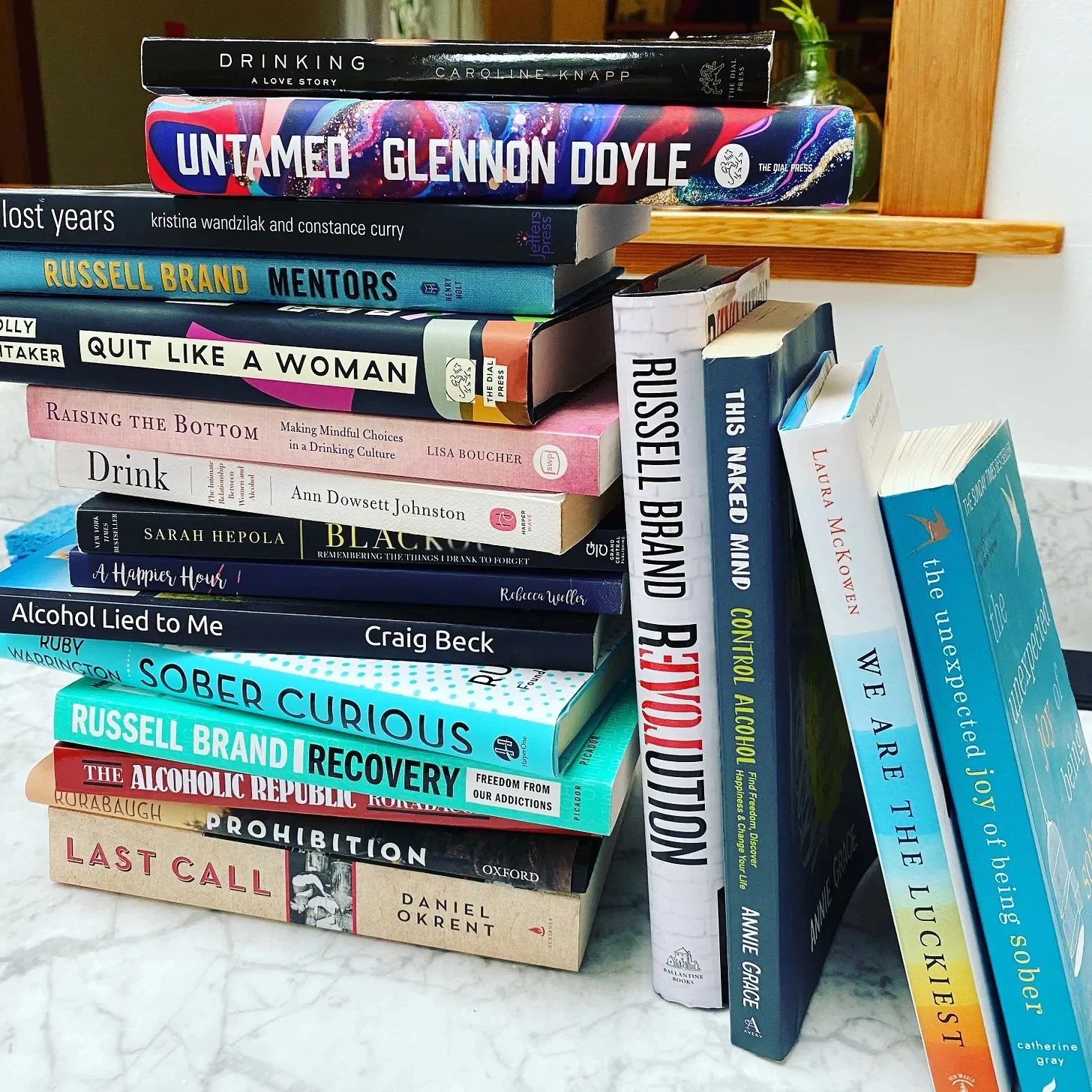The Eight Awarenesses
For nearly a century, Alcoholics Anonymous and the Twelve Steps have been the dominant framework for changing one’s relationship with alcohol. While the program has transformed countless lives, it isn’t a fit for everyone. Many don’t identify as “alcoholic,” don’t resonate with the language of “powerlessness,” or aren’t inclined to hand their fate over to a higher power.
Cecily is one of them. When she stopped drinking in 2017, she found that existing frameworks didn’t match her experience—what she felt wasn’t surrender, but choice. She wanted an approach that emphasized self-awareness, autonomy, and healing.
So, standing at her kitchen counter one morning in 2018, she opened a Word document, copied The Twelve Steps, and began rewriting them to reflect her journey. Over time, through research, community conversations, and lived experience, she shaped them into something new: The Eight Awarenesses.
Unlike the Twelve Steps, The Eight Awarenesses are not about labels or powerlessness. They are about conscious choice, self-trust, and presence. They provide a framework for anyone seeking to shift their relationship with alcohol — or any dimming habit — without the need for diagnosis, rehab, or rigid identity.
Clarity.
My life is better clear.
Choice.
I choose what I consume.
Intuition.
My intuition defines my priorities and I pursue a life that reflects them.
Time.
Time is our most precious currency.
Healing.
I seek to understand my trauma, but do not make it my identity.
Service.
I seek ways to support others, especially in times of abundance.
Freedom.
Forgiveness and letting go are on the path to liberation.
Respect.
I don’t judge or impose my limitations on others.
How to Work With The Awarenesses
There is no single way to practice The Eight Awarenesses. They are meant to be used as a compass, not a checklist.
Whether you’re shifting your relationship with alcohol or any other behavior that dims your light, these principles invite exploration and inner work.
Start with Clarity
The first awareness — My life is better clear — is foundational. It’s the seed of readiness for change and the reminder of why clarity matters.
Then, choose one to live with.
Spend a week or more reflecting on one awareness that feels especially relevant. For instance, “Time” might prompt you to ask: Am I spending time in ways that reflect my priorities? What drains me? What nourishes me?
Make space for reflection.
This is inner work. Create time — ideally in solitude or nature — to think, walk, or journal. Even ten quiet minutes can help insights surface.
Be kind to yourself.
Change rarely follows a straight path. Frustration, doubt, or shame are natural parts of the process. Give yourself grace, return to clarity, and keep going.
Seek connection.
While this work is deeply personal, community helps. Whether through supportive friends, online spaces, or local gatherings, connection reminds us that we’re not alone in choosing a clearer life.
Stay curious.
There is no right or wrong way to engage with The Eight Awarenesses. Let them meet you where you are, and allow your relationship with them, and yourself, to evolve.
-

Introducing The Eight Awarenesses
-

The Eight Awarenesses
-

1. My Life Is Better Clear
-

2. The Power of Choice Lives in Each of Us
-

3. When Intuition Moves In
-

4. Of Course We Seek Relief
-

5. What We Carry; Evolving Relationships with Grace
-

6. Do You
-

7. Treasuring Time
-

8. The Power of Service
A Movement of Choice, Not Stigma
ClearLife and The Eight Awarenesses meet people in the “vast middle” between casual use and addiction. They offer a way forward for those who want to drink less, stop altogether, or address other escapist patterns—without shame, stigma, or surrender.
The goal isn’t just abstinence. It’s to create a life so intentional and connected that there’s no need to dim it.
